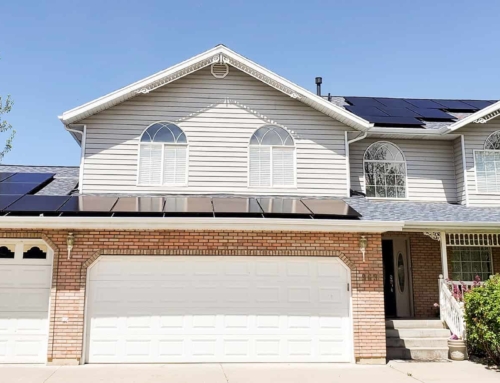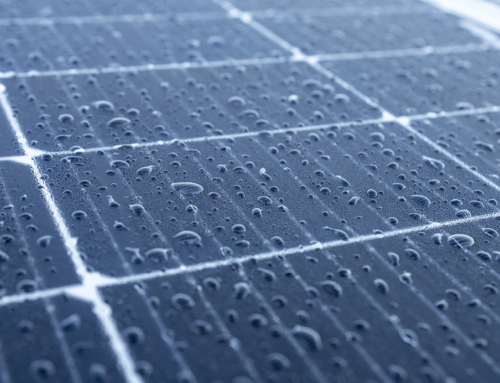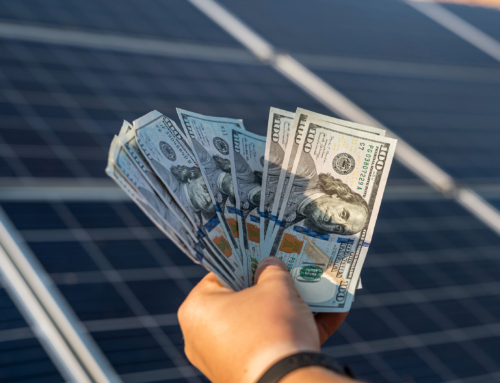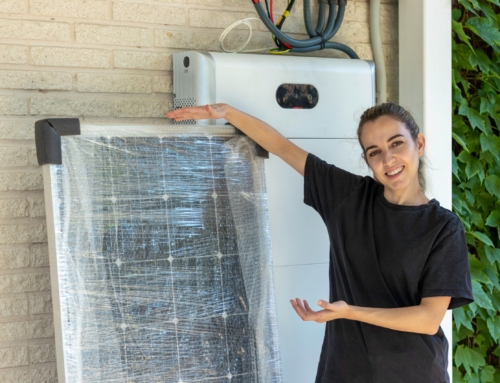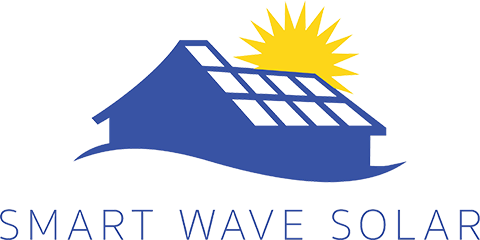If you’ve been considering solar for a while but haven’t yet made the switch, now is a great time to do so. Rising energy costs and environmental concerns make opting for solar more sensible than ever before. The big question remaining is whether your roof is right for installing solar panels.
Fortunately, roof requirements for solar panels are relatively straightforward. While some roofs might need some work prior to installation, many possibilities still exist for getting your home’s energy from solar.
Your Roof Must Be in Good Condition
A major factor in determining if your roof is right for solar is the roof’s condition. This largely comes down to its age and wear and tear. Roofs with cracked, peeling, or missing shingles should be repaired before solar panels are installed.
Your Roof Should Be “Young” (or New)
The age of your roof is a major part of the roof requirements for solar panels. The average roof lasts 20 years, while solar panels last well over 25–30 years. If your roof is older and nearing its life expectancy, you should replace it before installing solar panels.
The last thing you want to do is devote the time and expense of installing panels only to have to remove them a few years later when your aging roof needs to be replaced.
Plus, solar panels are heavy (around 40 pounds each), and an older roof may not be structurally sound enough to handle the additional weight.
Your Roof Should (Ideally) Have a Slope
The rise or slope of your roof makes a big difference for solar panels. Here in the Northern Hemisphere, solar panels should be angled south to maximize sun exposure.
Roofs with lower pitches, particularly flat roofs, can pose challenges, but you can still have panels installed even if your roof isn’t sloped. The solar panels will just need to be angled with brackets to compensate for the minimal sloping of the roof. The process is relatively simple.
Conversely, roofs with steep slopes can make solar panel installation difficult—and even dangerous. But solar installation is still possible on roofs with steep or unusual angles, though the cost of installation may be higher.
Generally, the ideal roof angle for solar panels is 30 degrees, or a 7-inch rise over a 12-inch horizontal run.
The Right Roofing Material
While many types of roofs will accommodate solar, some materials will not. Wooden, tile, or shake roofs pose a fire hazard and cannot have solar installed on them. Slate roofs are very expensive and can be difficult to work with.
Other Roof Requirements for Solar Panels
The area surrounding your roof is also an important consideration. If you have a lot of trees or taller structures shading your roof, your solar panels may not receive enough sunlight. If your house lacks a southern exposure, you will likely need to increase the number of solar panels on your roof.
Also, if your roof is small or has a lot of peaks and an uneven structure, solar installation can be difficult. You’ll need enough surface area for solar panels, after all. That being said, many roofs can be made ready for solar. With so many benefits to solar energy, it’s definitely an option worth exploring.
Learn More About Going Solar
Many roofs can accommodate solar panels, and you might be surprised to learn your roof is the perfect shape and size for an installation. The experts at Smart Wave Solar can answer any questions you may have and help you decide if solar is the right choice for your home or business.
Contact Smart Wave Solar today to learn more.

